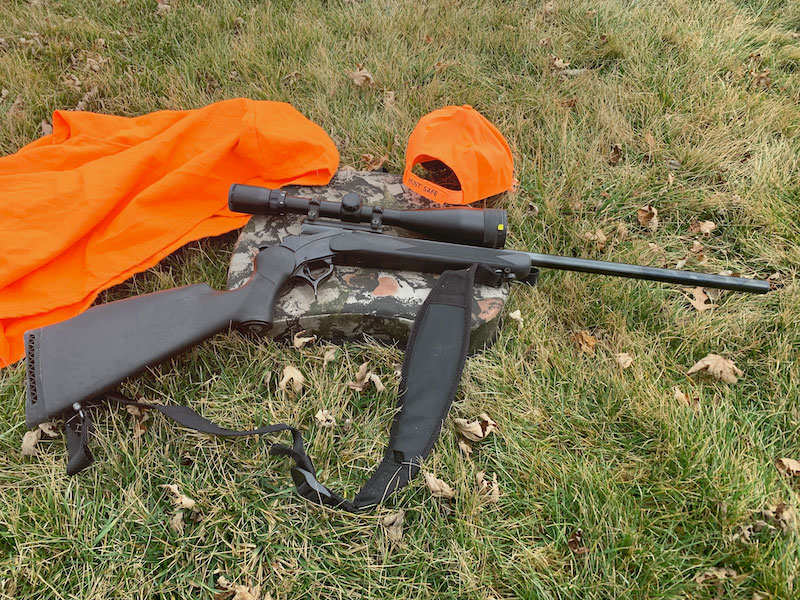Hunting rifles are a critical tool for sportsmen and outdoor enthusiasts who participate in game hunting. A proper hunting rifle combines accuracy, reliability, and portability to help hunters achieve their objectives in various environments. When choosing a hunting rifle, several factors come into play, such as the type of game being hunted, the terrain, and the hunter’s personal preferences. Rifles range from lightweight models for quick-moving small game to more powerful ones capable of taking down large game at significant distances. Understanding the features and functionalities of different rifles is essential for safe and successful hunting.
Types of Hunting Rifles
Bolt-Action Rifles
Bolt-action rifles are known for their accuracy and reliability. They are operated by manually cycling the bolt to eject a spent cartridge and chamber a fresh round. This simple mechanism makes them less likely to jam and easier to maintain in the field. Typically, bolt-action rifles have a magazine capacity of three to five rounds, which encourages precision shooting. They come in various calibers to match the size and toughness of the intended game. Many hunters favor bolt-action rifles for long-distance shots and big game hunting due to their precision and the variety of calibers available.
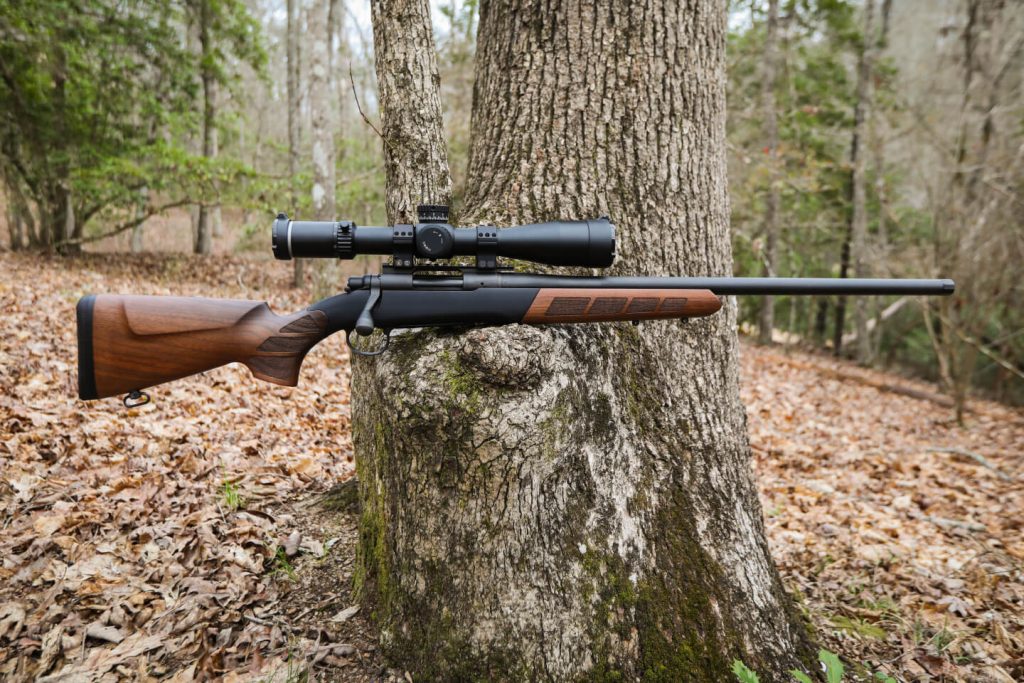
Semi-Automatic Rifles
Semi-automatic rifles offer the advantage of quicker follow-up shots, as they automatically cycle a new round into the chamber after each shot. This feature is particularly beneficial when hunting small, fast-moving game where multiple shots may be needed quickly. Semi-automatics can have larger magazine capacities than bolt-actions, which can be an advantage in certain hunting scenarios. However, they can be more prone to malfunctions if not properly maintained or if used in extremely dirty conditions. When choosing a semi-automatic hunting rifle, it’s crucial to consider the type of game and the hunter’s ability to manage the rifle’s recoil and report for accurate follow-up shots.
Lever-Action Rifles
Lever-action rifles are a piece of Americana, often associated with the “Wild West.” These rifles are known for their rapid rate of fire and ease of handling. The lever located near the trigger guard is used to cycle rounds. Although not as precise as bolt-actions, lever-actions are usually lightweight and comfortable to carry, making them practical for stalking game through dense brush. They tend to have a lower capacity but are often chambered in high-powered rounds suitable for medium-sized game. The balance and quick handling of lever-action rifles make them a favorite among hunters who require swift, medium-range shooting capabilities.
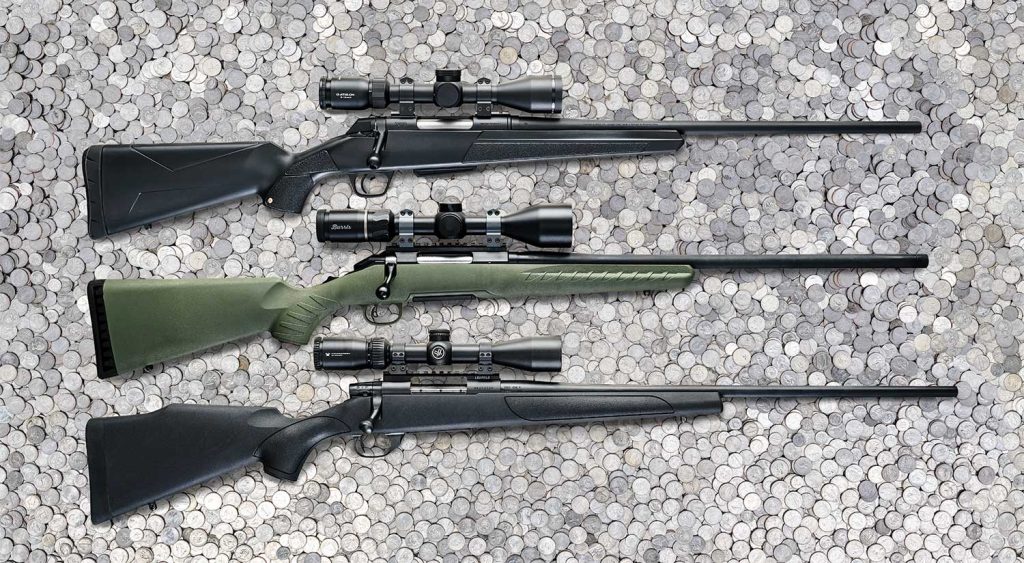
Selecting the Right Hunting Rifle
Caliber and Game Size
The size of the game is a primary consideration when choosing the right rifle caliber. Smaller calibers, such as .22LR or .223 Remington, are sufficient for varmints and small game. Intermediate calibers like the .243 Winchester or 6.5 Creedmoor are versatile and can be used for a range of game from deer to antelope. For larger game such as elk, moose, or bear, larger calibers such as .308 Winchester, .30-06 Springfield, or even .300 Win Mag are recommended for their stopping power. Balancing the caliber with the anticipated recoil and the hunter’s shooting comfort is important for accurate, ethical shots.
Consideration of Terrain
The environment in which the hunt will take place influences the choice of rifle. Dense forested areas with shorter sight lines might benefit from a maneuverable lever-action or a light bolt-action rifle for quick aiming and shooting. Alternatively, open terrains such as prairies or mountains demand a rifle capable of accurate long-range shots, often with heavier barrels and high-quality optics. The rifle’s weight is also a consideration; in steep or rugged terrain, a lighter rifle may reduce fatigue over long distances. Hunters must ponder various terrain factors to select a rifle that complements their hunting style and environment.
![]()
Personal Ergonomics and Preferences
Each hunter has unique physical characteristics and shooting preferences that affect rifle choice. Stock design, length of pull, overall weight, and balance can affect shooting posture and comfort. A well-fitted rifle increases accuracy and confidence in the field. Adjustable stocks or those with replaceable pads can help customize the rifle to the shooter’s size and preferred shooting stance. The rifle’s action type, material finishes, and aesthetics can also influence a hunter’s preference. Ultimately, personal comfort and ergonomics should be harmonized with the rifle’s functional requirements to ensure an enjoyable and productive hunting experience.
Conclusion
Hunting rifles are diverse in their designs and functions, catering to the wide range of needs and preferences among hunters. From traditional lever-actions capturing the legacy of American hunting culture to the precision of bolt-action rifles ideal for large game, there’s a suitable rifle for every kind of hunter. When selecting a rifle, considerations such as caliber, terrain, and personal ergonomics play a fundamental role in enhancing the hunting experience. While technology continues to evolve, the core attributes of a good hunting rifle—reliability, accuracy, and suitability to the task—remain constant. With thoughtful selection, a hunting rifle becomes more than just a tool; it becomes a trusted companion in the pursuit of the hunt.
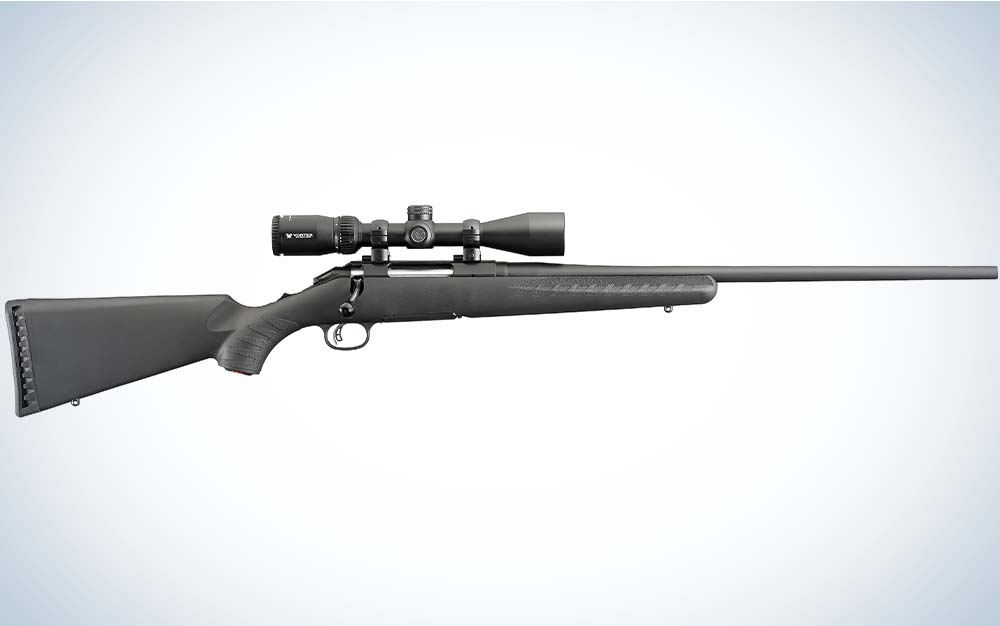
Ethical Considerations and Hunting Practices
Responsible hunting is as much about ethical considerations as it is about the choice of equipment. It is essential for hunters to choose rifles and calibers that ensure a humane, clean kill. Overpowered rifles not only make carrying and handling more difficult but can also cause unnecessary damage to the game. Conversely, using a caliber that is too small can result in wounded animals and unnecessary suffering. Ethical hunters aim to preserve the integrity of the game and the environment, selecting gear that aligns with these principles.
Maintenance and Care of Hunting Rifiles
Proper maintenance of a hunting rifle ensures its longevity, accuracy, and reliability. Regular cleaning and inspection help prevent malfunctions and corrosion, especially in harsh hunting environments. Hunters should familiarize themselves with their rifle’s specific maintenance needs, including how to properly clean the bore, action, and other components. Safe storage practices, such as using gun safes and trigger locks, protect against accidents and unauthorized use. Regularly maintaining a hunting rifle is not only a matter of responsibility but also of respect for the tool that plays such a crucial role in the hunting tradition.
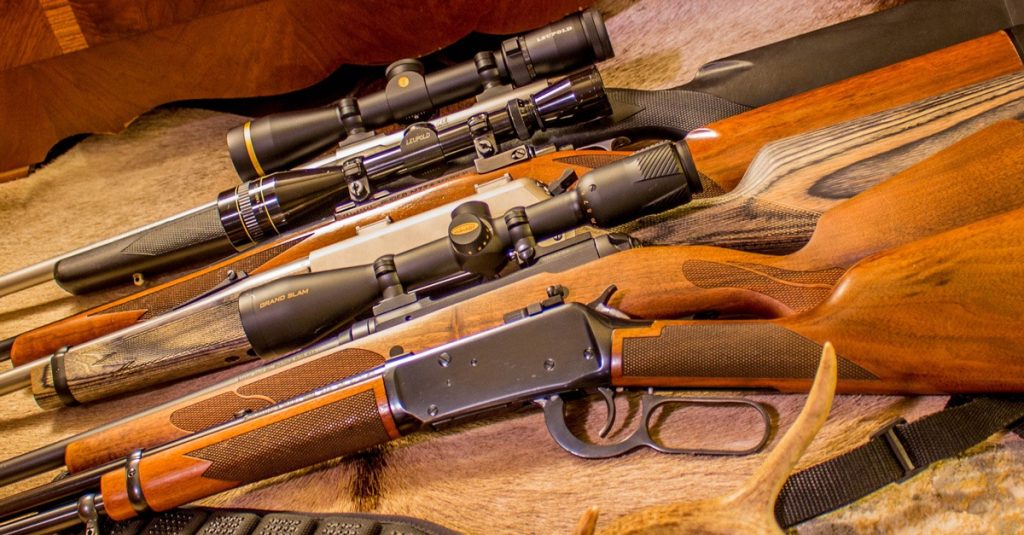
Innovations in Hunting Rifle Technology
The evolution of hunting rifles is propelled by advancements in materials science, precision engineering, and electronic optics. Carbon fiber stocks and barrels reduce weight without compromising strength, making rifles easier to carry over long distances. Adjustable triggers allow shooters to set pull weights to their precise preferences, enhancing shot accuracy. Optical sights have transformed from simple magnifying scopes to sophisticated digital devices offering range finding, ballistic calculations, and even weather data to assist in making accurate shots over varying distances. These innovations continue to redefine the limits of what hunting rifles can achieve, offering hunters greater efficiency and effectiveness.
